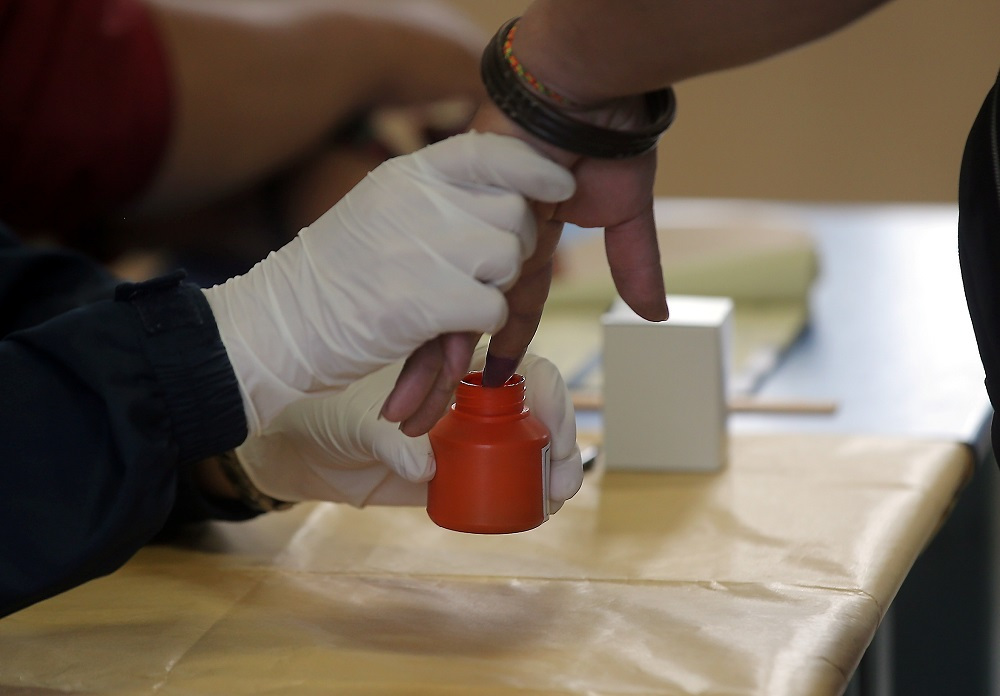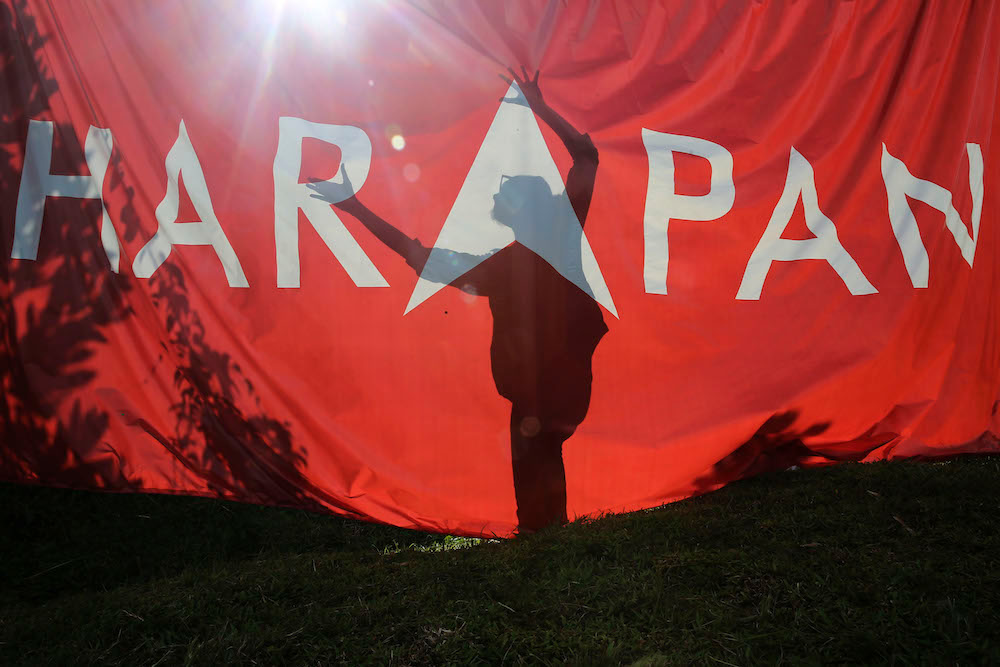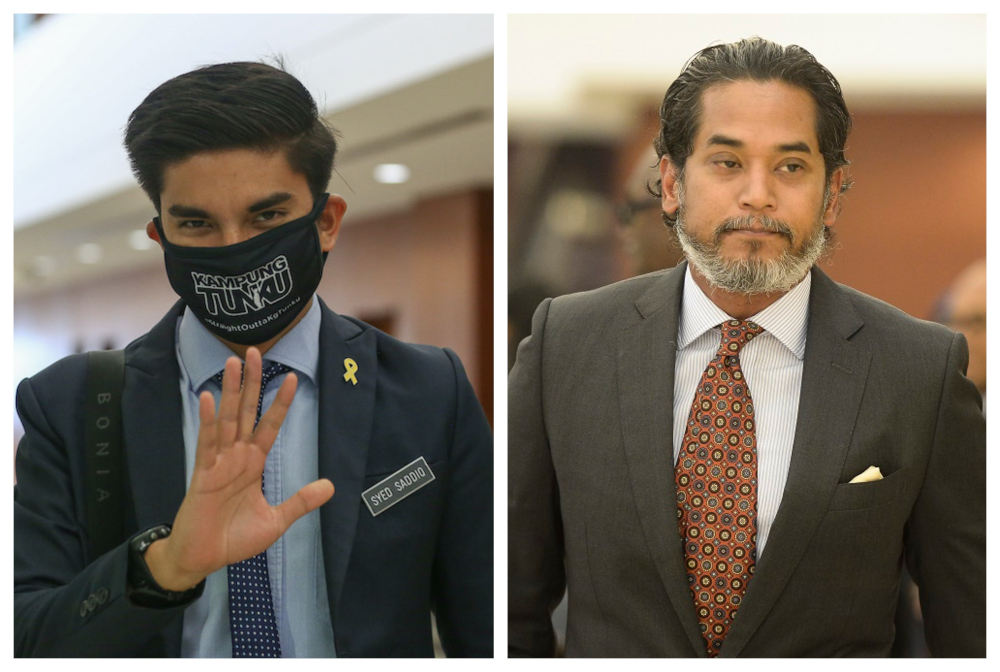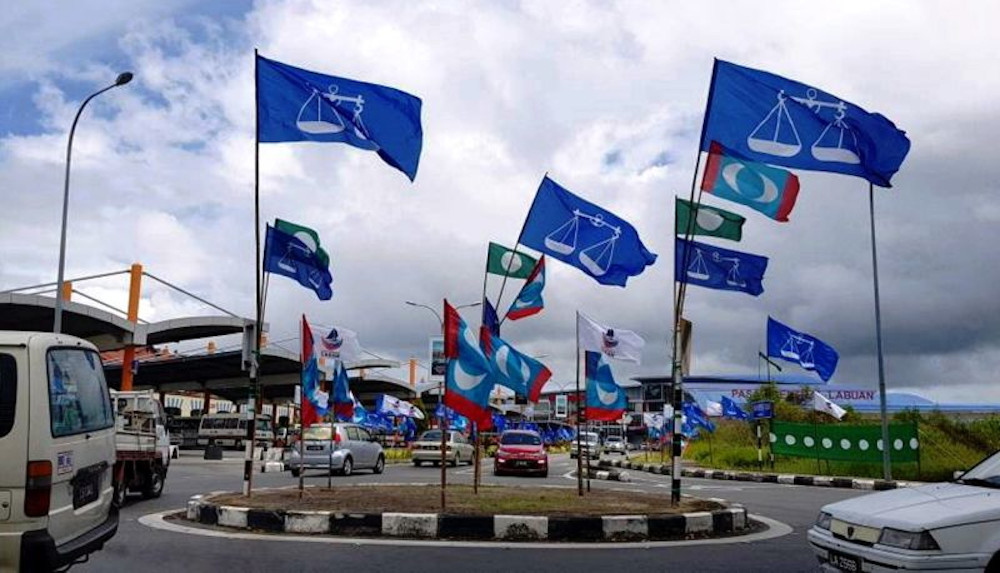KUALA LUMPUR, Sept 24 – The political situation in Malaysia was again upended following a surprise press conference by PKR president Datuk Seri Anwar Ibrahim yesterday.
As political parties are in the midst of a head-to-head battle in Sabah this weekend, Anwar dropped a bombshell that he has “convincing, formidable” majority support of MPs to form a government.
Similar to the political chaos that took place early this year following the “Sheraton Move”, all eyes may once again be on the Yang di-Pertuan Agong, should Anwar be granted an audience with the King.
However, if the only solution to end the months-long political turmoil in the country would be through a snap election, the stakes may be high for almost all parties.
But a series of studies by a Malaysian-based data science organisation suggest that the party leader who effectively utilises the wonders of social media and big data may have an edge in winning the election.
Similar strategies were used back in 2018 when Pakatan Harapan (PH) coalition overthrew Barisan Nasional’s (BN) government in the 14th general election (GE14) with a campaign strategy that had a digital focus.
According to a data-driven sentiment analysis study in GE14 by the Centre of Applied Data Science (CADS), PH had a constructive social media strategy to garner millions of votes in the election.
To better understand what makes social media a much-sought-after platform for politicians, Malay Mail reached out to data science expert Sharala Axryd, who is CADS founder and chief executive officer.

The power of data
According to Axryd, in today’s digital world, data analytics, social media and almost anything one would do on the internet becomes powerful as they offer valuable insights to corporations, agencies and even politicians who wish to study the users’ behaviour.
She also noted that social media algorithms are programmed to trace what a person searches, reads and looks for on the internet.
“This is not only limited to the websites; even the cookies on your devices give information to tech giants like Facebook and Google.”
“For example, if you are searching for a pair of shoes on Google, when you open your Gmail you’ll see all the advertisements related to the product there.
“Potentially anything parallel to that will appear on your social media feed,” she said.
Axryd also pointed out that there’s a conspiracy theory — which she finds some truth to — that virtual assistant artificial intelligence technologies such as Alexa by Amazon and Siri by Apple may have the ability to listen to our conversations.
“Although they may anonymise you, the context of what you are talking allows them to understand your behaviour.”
Citing recent reports, Axryd said internet penetration rate in Malaysia is nearly 80 per cent — 30 per cent higher than the global average.
She said, on average there are almost two phones per person in the country.
“With high internet penetration rate and mobile phone usage in Malaysia, it makes it a perfect recipe for politicians to go digital.”

How does data help politicians?
According to Axryd, data is as important as it gets when one collects it, but it only becomes useful when you know how to look into the insights and what you want to do with them.
“For example, during GE14, we looked into the data we gathered to determine people’s sentiments during campaigning.”
Axryd added that understanding the context of the data and where they come from becomes very crucial to determine if those sentiments are positive or negative.
“It’s about segregating the data and understanding who is leading the way based on the overall sentiment on social media.
“Knowing the context, the political party and its leader as well as the story of the day becomes very important for those who want to win the election,” she said.
According to Axryd, apart from disseminating information, politicians can utilise social media to gather people’s sentiment towards a particular message and alter their next message to appeal to the audience.
Referring to their data from GE14, the data science expert said BN’s online presence was as aggressive as PH but what they didn’t do was to look into the insights and people’s reactions about their wants and needs.

The invisible force
With 18- to 21-year-olds soon to be on the electoral roll, Axryd agreed that the younger generation will be very much in demand in the next general election.
However, this would be the case if GE15 is called after the automatic voter registration is sorted out by the Election Commission as Undi 18 only comes to effect once the system is ready.
EC deputy chairman Azmi Sharom told Malay Mail in an interview earlier that they are on track to have the system up and running by June 2021.
Commenting on the potentiality of the youth in the general election, Axryd said based on their data, Malaysian youth have a more neutral sentiment towards politics and politicians.
Therefore, she added, what the politicians say and do during the campaigning will make all the difference to attract these young voters.
“It’s easier to sway the neutral voters than those who already have an opinion [about a particular political party or leader].”

The ‘Bossku’ movement
Based on her observations over the past two years, Axryd said former prime minister Datuk Seri Najib Razak’s “Bossku campaign” seems to be impactful mainly because it was done digitally.
“So far, the only politician in the country who has managed to catch people’s mind and heart through social media after GE14 has been Najib.”
She admitted that it was shocking to see Najib’s comeback in such a way through social media after his party’s defeat in GE14.
“At one point, people were wondering if that was really him doing all that.
“This is because he was very quiet [online] throughout his tenure as prime minister when the Wall Street Journal report [on 1Malaysia Development Berhad] broke out.”
But after GE14, Axryd said Najib took a different route and tried to portray himself as an ordinary figure on social media by speaking his mind in a different tone, while promoting his “Bossku” social media persona.

PH’s mistake
As Najib embarked on an all-new strategy to connect with his audience through social media, Axryd said most of the influential figures — who were initially active online before GE14 — showed much lesser online presence.
“Although PH fully utilised social media during their campaigning, they suddenly abandoned it for almost two years when they started governing the country,” she said.
Axryd also pointed out that even former prime minister Tun Dr Mahathir Mohamad disconnected with his online audience during his second stint as the premier and relied more on official media to reach to the people.
“But now we can see he is back online and has also become more active on his blog, Chedet, as well as other social media platforms like Instagram, Facebook and even TikTok.”

Syed Saddiq vs KJ
When asked which politician has the most impactful social media presence in Malaysia, Axryd quickly pointed out Muar MP Syed Saddiq Abdul Rahman and Science, Technology and Innovation Minister Khairy Jamaluddin.
While Syed Saddiq seems quite active on social media to lead the youth with his new youth-centric political party, Axryd said they have noticed that Khairy has been successful in addressing the economic needs of the millennials.
“He (Khairy) has emerged as a young leader and is using technology to address the needs of the youth in a more constructive way — without overdoing it.”
Axryd also noted that when it comes to social media campaigning, being active does not necessarily mean effective.
“For instance, Syed Saddiq has been consistent about being the warrior for the younger generation, but there are some who are not making any difference with their social media presence,” she added.






















